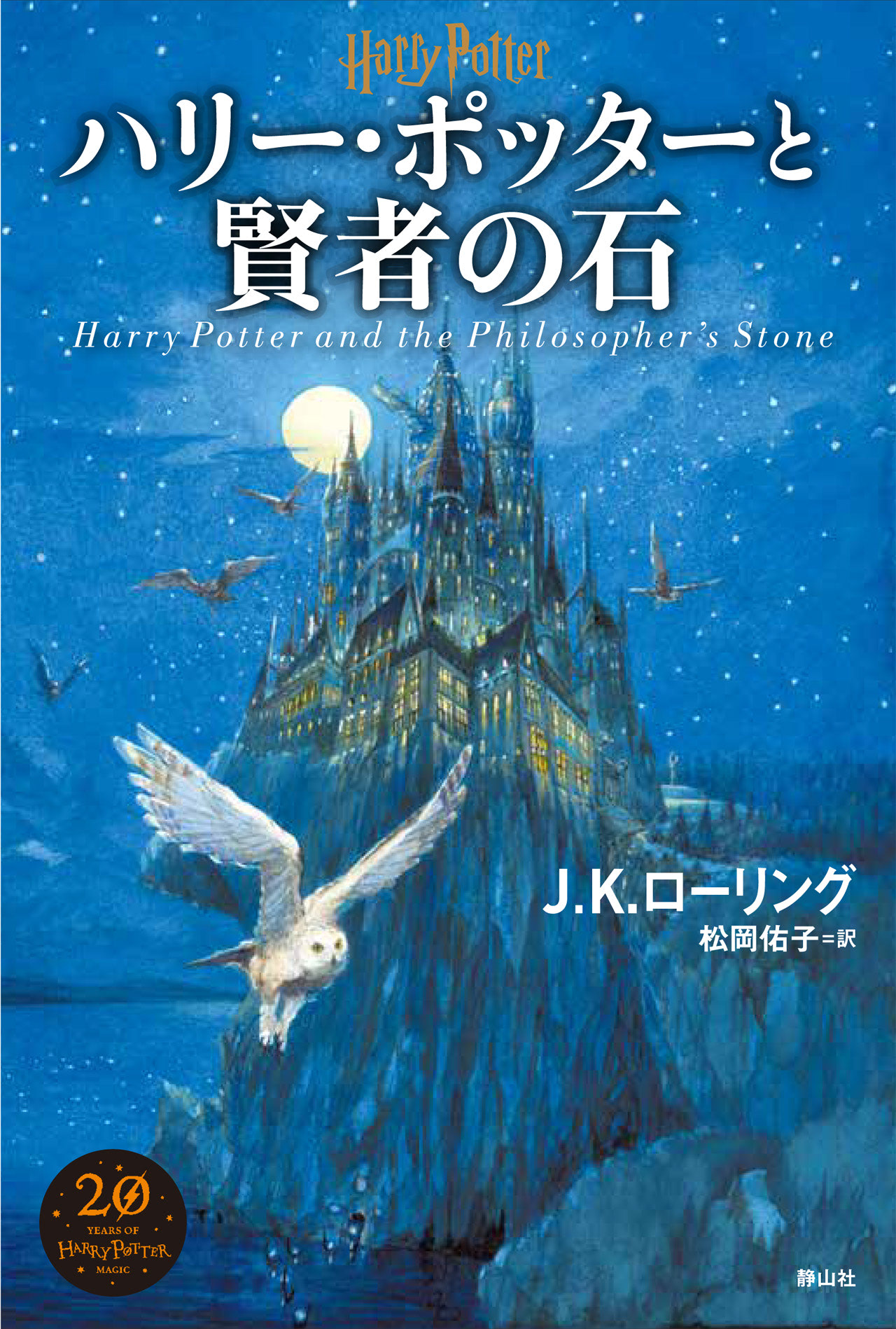Defining what a Light Novel is seems to be like trying to grab a greased pig – it’s messy, hard to pin down, and you can never quite get a solid hold on it. So, in an effort to understand them better, I decided to look at how Japanese speakers define the Light Novel category of books.
“It is an entertainment novel for young people that describes elements such as science fiction, horror, mystery, fantasy, and love in a light style in an easy-to-understand manner.”
Encyclopedia Nipponica (Nipponica) Source
This makes a good place to start, and I agree with everything above, except that this description could just as easily describe pretty much any Young Adult novel in English. It also misses a lot of the details that most people would associate with light novels like the anime/manga aspect.

“Character focused novels, mainly for teenage readers, using illustrations for the cover and inside the text.”
The Editorial Board at Kono Light Novel wa Sugoi! (This Light Novel is awesome!) which is the semi-official magazine of Light Novels in Japan that tracks and ranks Light Novels. Source.
The character focused part is interesting, since that does seem to be a clear consistent point about light novels – they tend to be about the characters first and foremost. And again, while this definition is factually correct, it lacks in detail. Would illustrated books in the Harry Potter or Hunger Games series be a light novel then by this definition? Even the Japanese editions of Harry Potter don’t use covers like light novels do.

“Entertainment novels for young people published with visual elements such as manga / anime-style character illustrations.” and “A light-sense entertainment novel that was born with the purpose of inviting young people to enter the world of novels (print fiction), arousing their imaginations, and letting them know the joy of novels and their stories.”
Tomomi Yamanaka (32), author of the first full-scale research book, “Introduction to the History of Light Novels, The First Issue of” Dragon Magazine “-The Pioneers Who Raised the Smoke of Wolf” (Student Publishing) ) Source
This is an interesting one. It’s actually two definitions by the same person, their original definition and a later revised one which I feel both have aspects of the truth to them. These definitions were actually attempts to describe light novels from the point of view of people making them rather than the audience.
Again, the anime/manga aesthetic is there, which I think is very important, but once more there isn’t much of a difference between these and regular Young Adult novels, which Japan also has. Not all YA novels in Japan are light novels, after all.
“It is a novel that uses the aspirations of adolescents around the late teens as a driving force to attract readers’ hearts without shame.”
Hikaru Sugii, Novelist. “Heaven’s Memo Pad,” “Goodbye Piano Sonata,” “Student Association Detective Kirika,” “Paradise Noise,” “Marriage of the Black Dragon Queen,” etc. Source
I rather like this one. It starts to get at the idea that the content is important to determining what is and isn’t a light novel. It also goes into the ideas that light novels are not just targeted at youth, but trying to reflect their audience’s hopes and dreams. Also, it hits on the point that as a general rule, light novels are pretty aspirational.

Another approach that some Japanese like this blog post take is to break those trying to define Light Novels into three groups:
1) Label faction
“A Light Novel is a book published by a Light Novel Publisher.”
This group says that if it’s published by a light novel imprint of a light novel publisher, it’s a light novel. Which is of course a very limiting definition because books that are very much light novels come out from sources besides Dengeki Bunko and Cobalt Bunko, two of the major light novel publishers. However, Dengeki Bunko (one of the largest publishers of light novels) actually doesn’t use the term light novel to describe the their own books, it’s a term used by the audience, but not the publisher themselves.
2) Content (moe) faction
“It’s a light novel where a beautiful girl comes out and flirts with the main character.”
This group decides what Light Novels are based on the content of the books. Claiming that the book qualifies as a Light Novel if it “belongs to otaku culture,” “is like an anime or manga in book form,” or has certain popular storylines like a youth who is tempted by a beautiful member of the opposite (or same) sex, or a youth who gets transported into a fantasy world.
3) Format faction
“Light novels are a presentation method!”
This group decides what is or isn’t a Light Novel based on how the book is presented. For example, if it has an anime-style cover and anime/manga style illustrations. Or maybe if if it’s a certain length (light novels tend to be short, usually around 40,000 words or upper novella length), or written in a certain style or way.

However, in the end, it’s such a tricky subject that many like 2Chan’s editorial board seem to throw their hands up in the air and cry…
“What you think of as a light novel is a light novel. However, it is not always possible to get the approval of others.”
According to 2channel‘s light novel board
Next time – how non-Japanese define a light novel!
Rob
